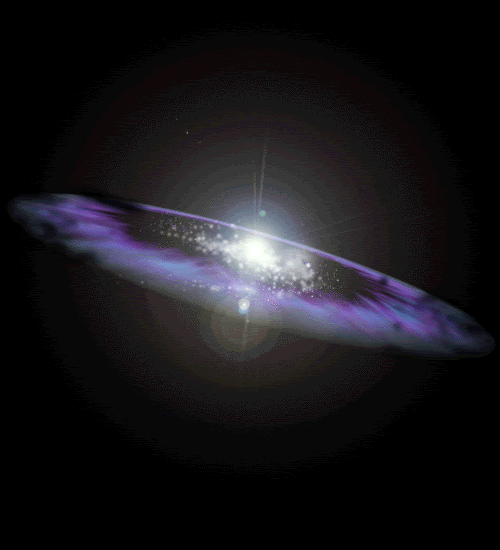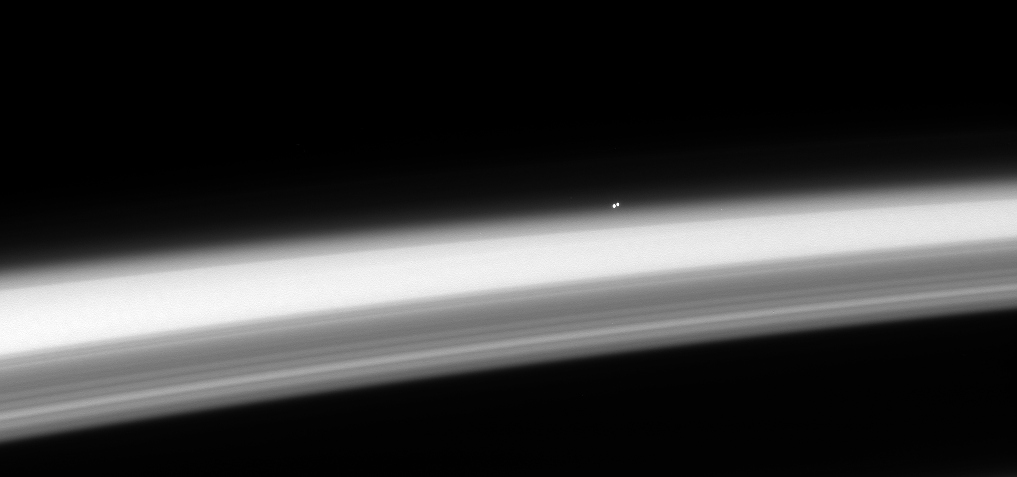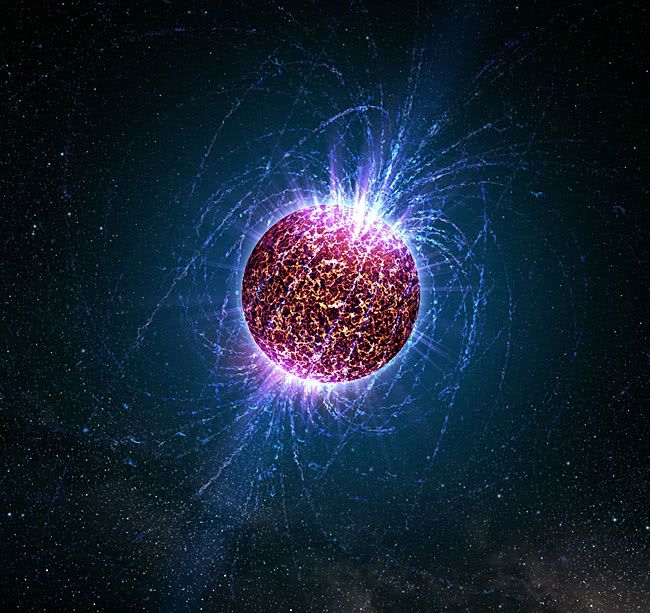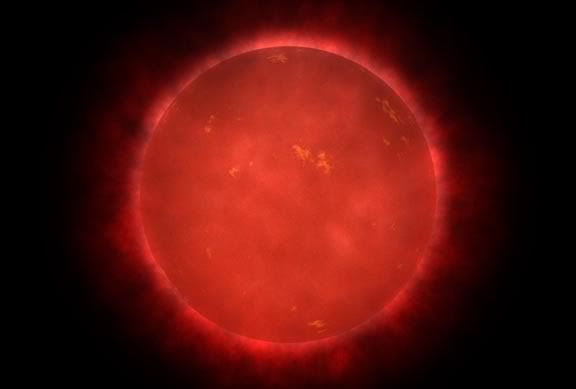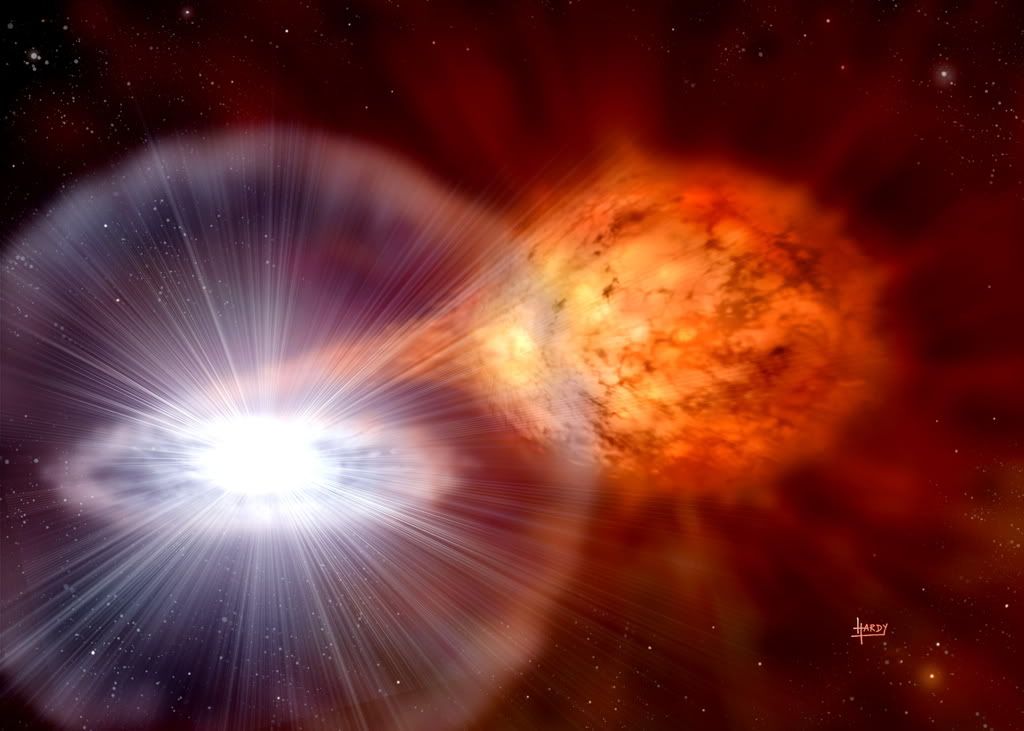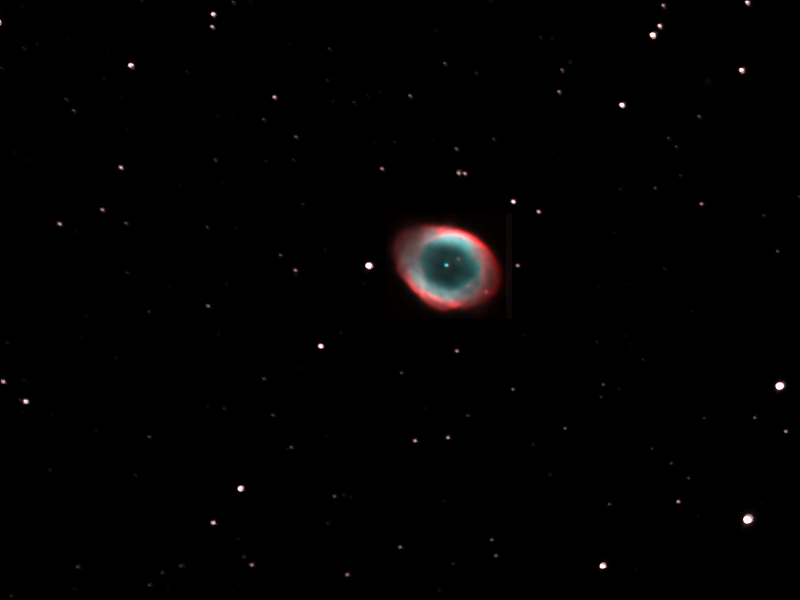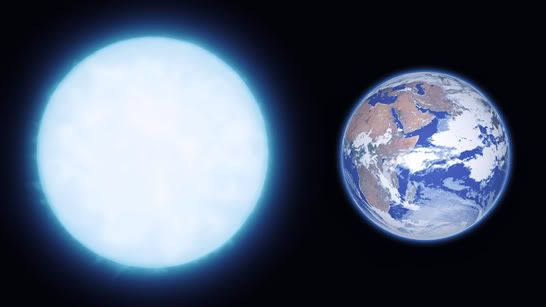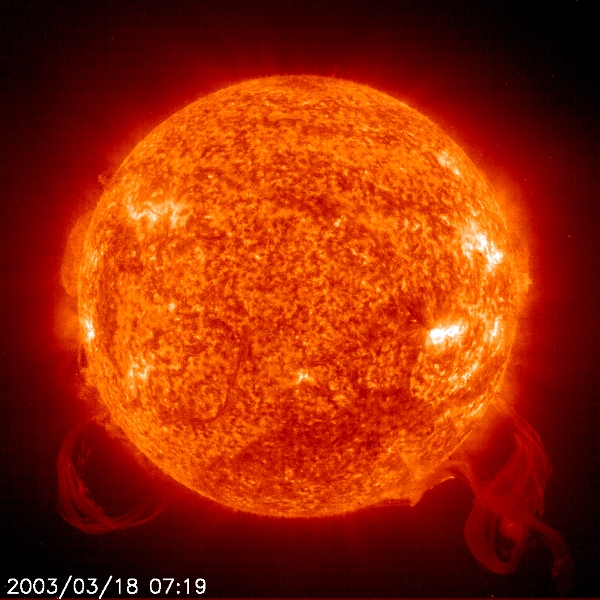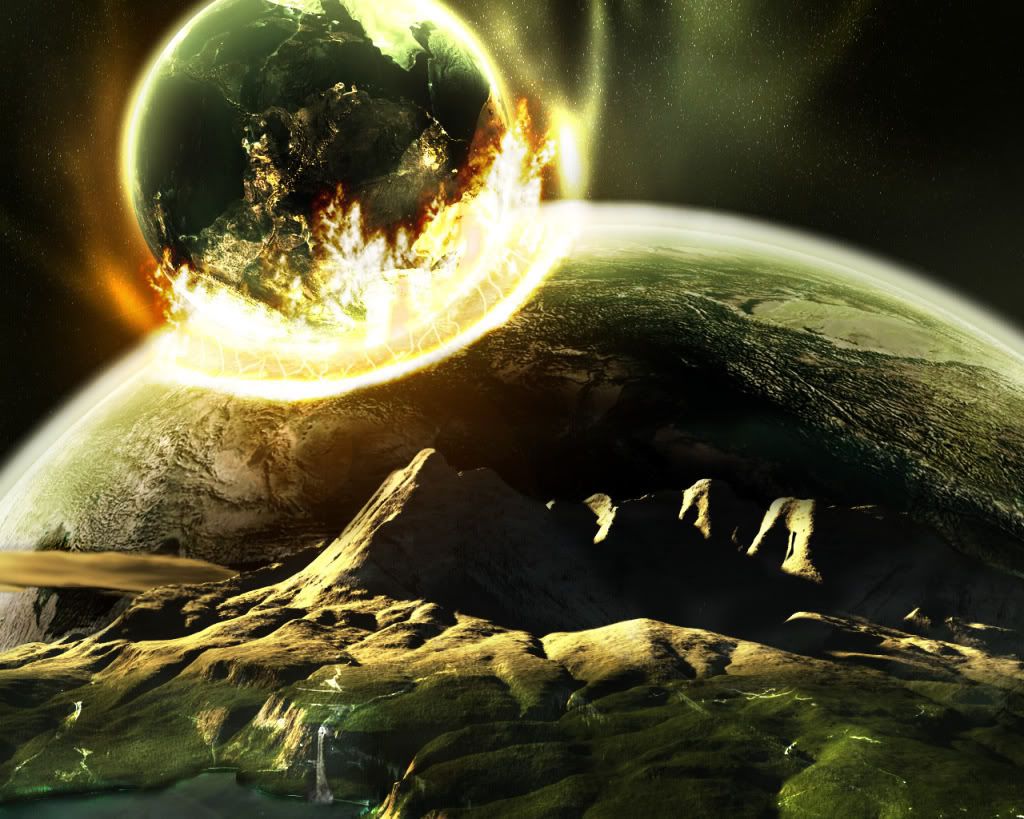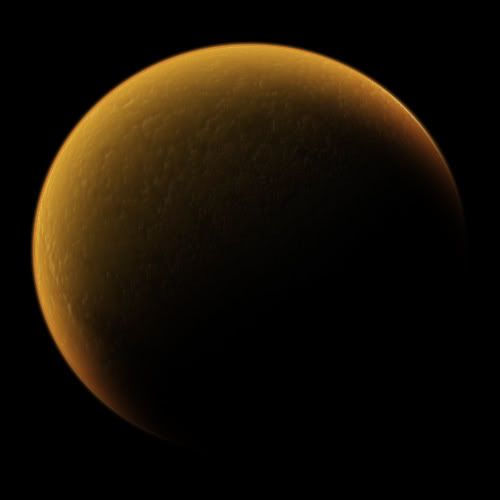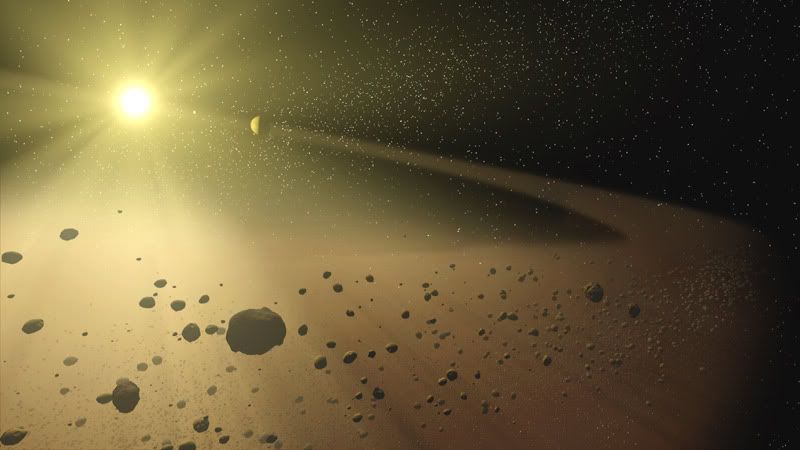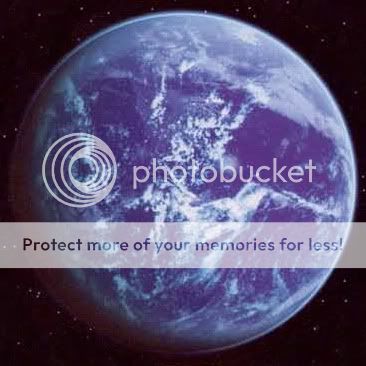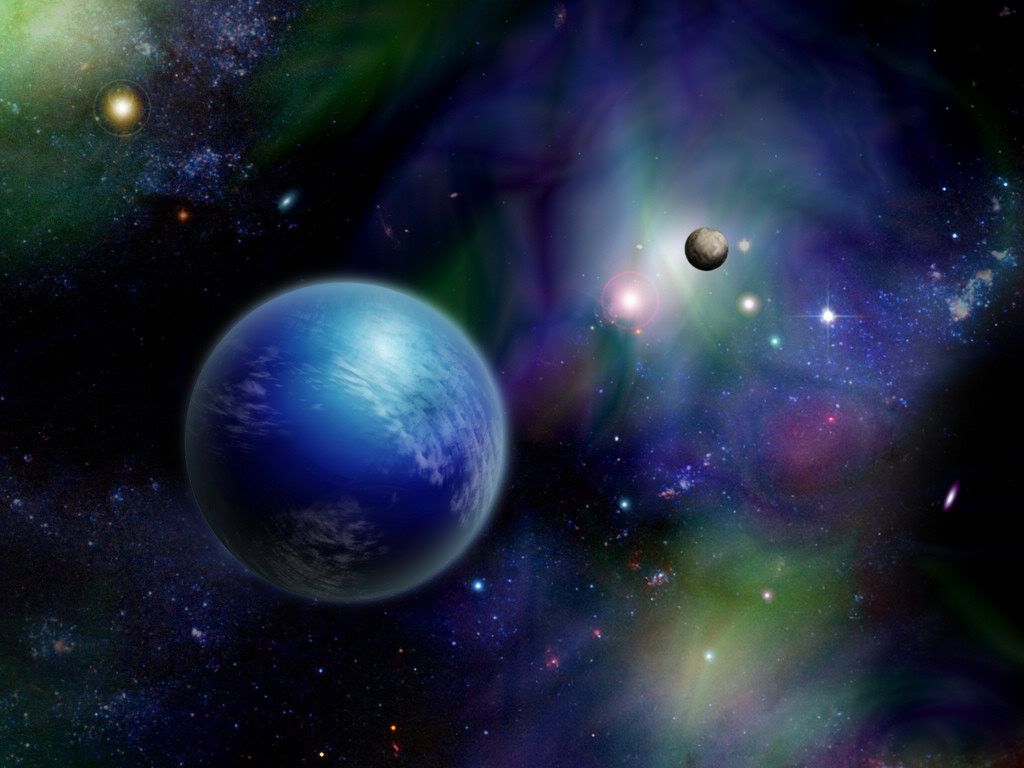*Georges Lemaitre "the father of the Big bang theory" (1950) wrote - "The purpose of any cosmogonic theory is to seek out ideally simple conditions which could have initiated the world and from which, by the play of recognized forces, that world, in all its complexity, may have resulted".
The science that is used should be well-understood and readily acceptable; if resort must be made to complicated and convoluted arguments of special phenomena invented soley for the purpose of explaining some aspect of the theory, then confidence in it should be low.*
*- The Solar System - its Origin and Evolution by M. M. Woolfson*
The current theory on how our Solar System came into being is very basic. It starts with a cloud of dust/gas (of unknown origin), which through gravity starts to contract and spin. The dust particles eventually clump together and through billions of years - forms into the Sun and planets. The Sun eventually starts to "shine" (through fusion) and the solar wind blows away the lighter dust that is left.
Nice story, but there are issues with it. Where did the dust cloud come from? Why are there lighter (less massive) material in the center (gasses that form the Sun) and heavier mass on the edge (ice that form the Kuiper Belt), it should be the other way around. The further you get from the Sun, the faster the planets move (Pluto is booking while Mercury is pokey) - yet the Sun is moving/rotating WAY slower than it should be.
In any event, the current theory FAILS Lemaitre's and Woolfson's conditions. In fact, NO ONE has even attempted to create an all-encompassing Solar System theory (I guess it's just too hard - or maybe people can't take the ensuing ridicule, so they don't even try).
In 2009 after almost 50 years of theorizing, I published my book "From Blue Giant to Blue Marble" where I attempt to satisfy Lemaitre's conditions. I did make the "deadline" - the 500 year anniversary of the invention of the telescope by Galileo.
The book uses induction to create the base theory and then deduction to prove it. The breakthrough came when I decided to "flip around" the standard belief that the Moon is moving away from the Earth. Copernicus disproved the "Earth-centric" view of his time - and I will attempt to do the same. The Moon isn't moving away from the Earth - the Earth is moving away from the Moon (and the Sun).
The Rampson Theory of Solar System Genesis (RSG) creates a concise plausible explanation of how our Solar System (and the Earth) was formed - while explaining every observed (SS) feature. No other theory comes close to the accuracy and completeness of RSG. We no longer have to put up with the same-old *boring* (spinning, collapsing) "dust" cloud theory that stands in for a real theory-to-be-named-later. The standard dust cloud theory hasn't changed (nor improved) since before my birth. I propose the RSG should be considered a candidate to replace this theory.
Which by association means that the RSG answers mankind's greatest question "Where do we come from?" By another (humorous) association the RSG answers part of the Life, Universe, and everything question in Hitchhiker's Guide to the Galaxy by Douglas Adams (please read his books!). I'll wrap up the other pieces in my 3rd book . . . But I digress!
The Answers
The Rampson Theory of Solar System Genesis (RSG) answers the following questions:- Where did the initial dust cloud come from?
- Where did the (supernova) meteorites that are 4.5 billion years old come from?
- What caused the Late Heavy Bombardment?
- Why is the Sun spinning so slowly (angular velocity problem)?
- Why is Mercury NOT tidally bound to the Sun?
- Why does Mercury have a magnetic field (xIron theory)?
- !NEW! Where did Mercury get all that sulfur from?
- !NEW! Why is Mercury's magnetic field shifted 20% toward its North Pole?
- Why does Venus spin backwards (and slowly)?
- Where did Venus and Earth get their atmosphere's from?
- Why does the Earth (Mars, Saturn, Neptune) have an (similar) axial tilt?
- Why is Earth's atmosphere 100 (93) times thinner than Venus'?
- Where did Earth's lighter elements come from (Beryllium, Boron)?
- Why is the measured heat of the Earth an order of magnitude higher than theory predicts?
- Where does Earth get its magnetic field (xIron theory)?
- How was the Moon (and Mars) formed?
- Why are Moon rocks the oldest rocks ever found?
- Why does the Earth move away from the Moon (and Sun) today?
- Why is Mars so similar to Earth (tilt, rotation, composition)?
- How could Mars lose its atmosphere (if it was able to form one in the first place)?
- (Skipping over the asteroid belt - could have been a planet ...)
- What is Jupiter's great red spot?
- Why are Jupiter and Saturn's orbit in a 2:1 ratio?
- What causes the hexagonal wave front on Saturn's north pole?
- Where did Saturn's helium go?
- How did Uranus and Neptune form?
- Why does Uranus rotate on its side?
- Why doesn't Neptune follow the Titius-Bode Law?
- Why are Uranus and Neptune similar in size and color?
- Where did the Kuiper Belt (and Oort Cloud) come from?
- Is there a "Nemesis" star?
--
Christopher Rampson
Author of "Architect for Peace - Peace in the Middle East" http://architectforpeace.
Author of "From Blue Giant to Blue Marble - The Solar System Story" http://FBG2BM.blogspot.com
"Be civil to all, sociable to many, familiar with few, friend to one, enemy to none" - Benjamin Franklin
Christopher Rampson
Author of "Architect for Peace - Peace in the Middle East" http://architectforpeace.
Author of "From Blue Giant to Blue Marble - The Solar System Story" http://FBG2BM.blogspot.com
"Be civil to all, sociable to many, familiar with few, friend to one, enemy to none" - Benjamin Franklin
